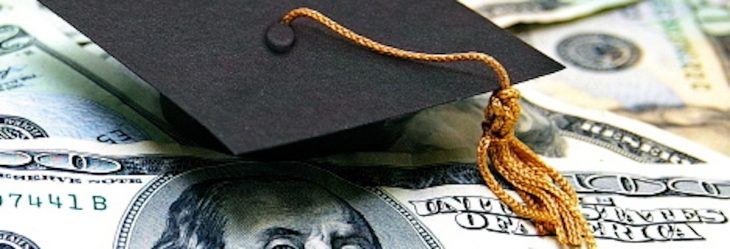Graduation spending to top $5.5 billion this year
by May 21, 2019 8:12 am 448 views

May is synonymous with graduations and the end of school for millions of students across the country. With a strong overall economy fueled by low unemployment and scant inflationary price pressures, consumers are expected to increase their overall spending on graduation this year to more than $5.5 billion, up 5.97% from spending a year ago. That equates to $107.46 per household.
While overall spending is expected to be higher this year, it still lags the record cumulative spend of $5.59 billion reported in 2017, according to the National Retail Federation (NRF). Just 34% plan to purchase gifts for graduation as the majority will give cash, according to the NRF.
Average spending is expected to be highest in the Northeast at $131.11, with 33% of consumers saying they will purchase gifts. In the Midwest, consumers will spend the least at an average of $94.34, with 35% saying they plan to buy gifts instead of giving cash. In the South, consumers will spend an average of $102.22 per household and 34% plan to buy gifts for their graduates. Consumers in the Western U.S. will spend $108.99 on average and 33% plan to buy gifts.
Overall, 53% of those surveyed said they would likely give cash to their graduates. Greeting cards will be purchased by 41% and one third said they plan to buy gift cards. The other categories most often shopped for graduation gifts were apparel (15%) and electronics (10%).
“Graduation is a huge milestone for students and parents alike, and retailers are ready to help make it even more memorable. Cash might be the most popular item, but an assortment of graduation gifts from greeting cards and gift cards to clothing and electronics will tempt shoppers,” said Matthew Shay, president and CEO of the NRF.
NRF said historically there has been a shift in graduation gifting. Since 2009, the percentage of consumers giving cash has declined from 59% to 53%. The number of consumers who buy greeting cards has increased from 37% in 2009 to 41% this year.
Gift card purchases are up from 29% in 2009 but have remained fairly constant at about 33% over the past decade. The same was true for electronics which is typically the gifts purchased by 10% of those surveyed. Consumers purchasing apparel have increased from about 9% in 2009 to 15% this year after peaking at 16% in 2018. About 5% of those surveyed said they plan to buy some other items for their graduates.
